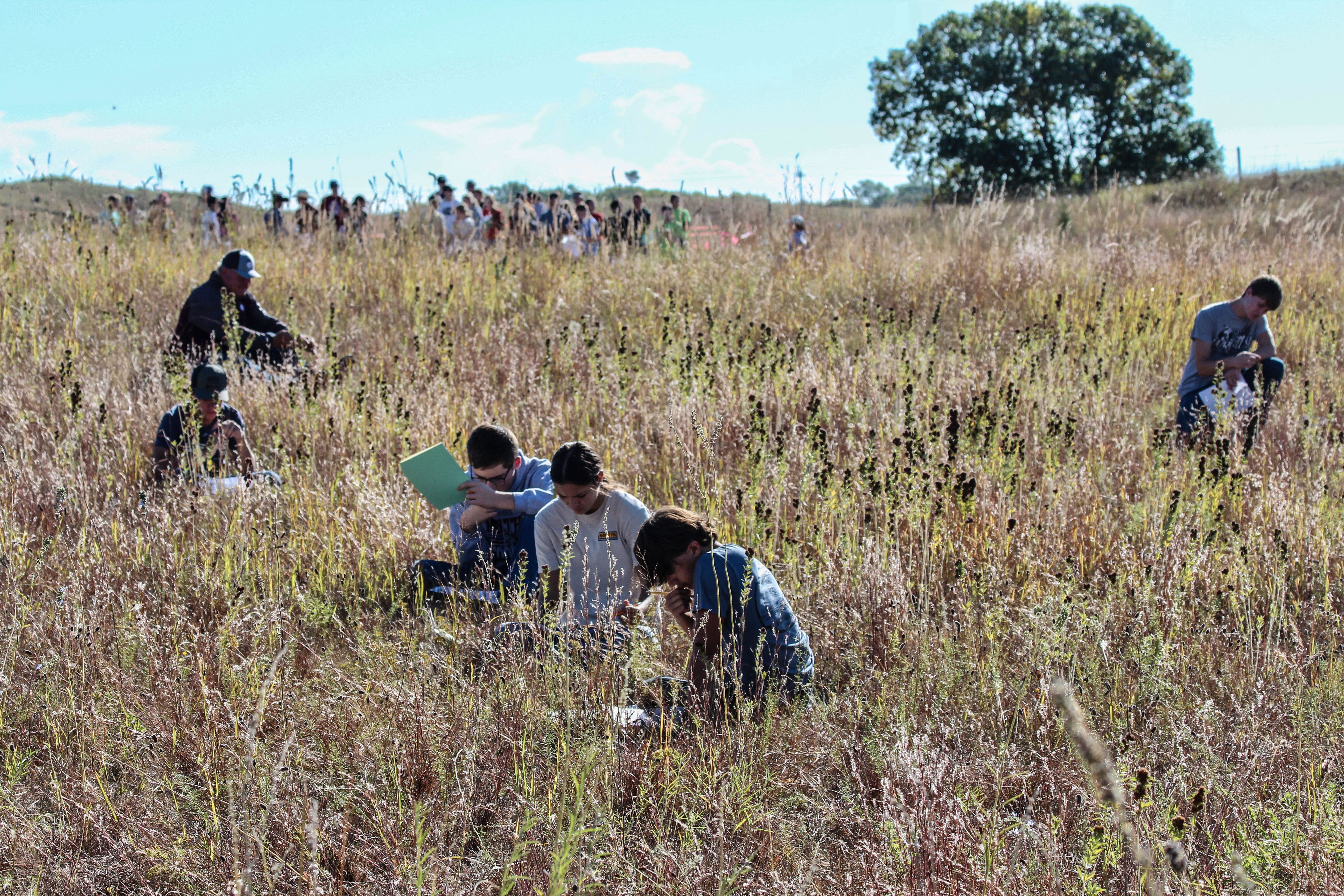GRASSLAND SYSTEMS
Nebraska has about 22.7 million acres (46% of land area) of native grassland including tallgrass, mixed and shortgrass communities. About one-half of Nebraska's grassland is the unique Sandhills, which is the largest stabilized sand-dune complex in the Western Hemisphere and one of the best cattle producing areas of the world. Native grasslands combined with the two million acres of seeded pastureland account for 50% of the total land area in the state. Including cropland harvested for hay or silage, more than 57% of Nebraska is devoted directly to grasslands and forage crops. The principal use of Nebraska's grasslands has been livestock production. The forage resources found on Nebraska's grasslands are the basis for the state's $6.5 billion cattle industry. The importance of other uses of Nebraska's grasslands (wildlife habitat, recreation, ecotourism and aquifer recharge) is being increasingly recognized and emphasized by a broad audience across the state.
The interdisciplinary undergraduate degree in Grassland Systems provides students with an interdisciplinary, holistic approach to the study of grasslands. Grasslands support a diversity of ecotypes, plant and animal communities, livestock production enterprises, recreational activities and many other uses. Students learn to integrate their knowledge of soil, water and vegetation attributes as well as economics and policy considerations into management of grasslands for a diversity of uses—from ranching to wildlife habitat to aquifer recharge. Grassland Systems has two options which provide students with the opportunity to focus on cattle management on grasslands (Grazing Livestock Systems) or to study more broadly the multiple ecosystem services on grasslands (Grassland Ecology and Management).
